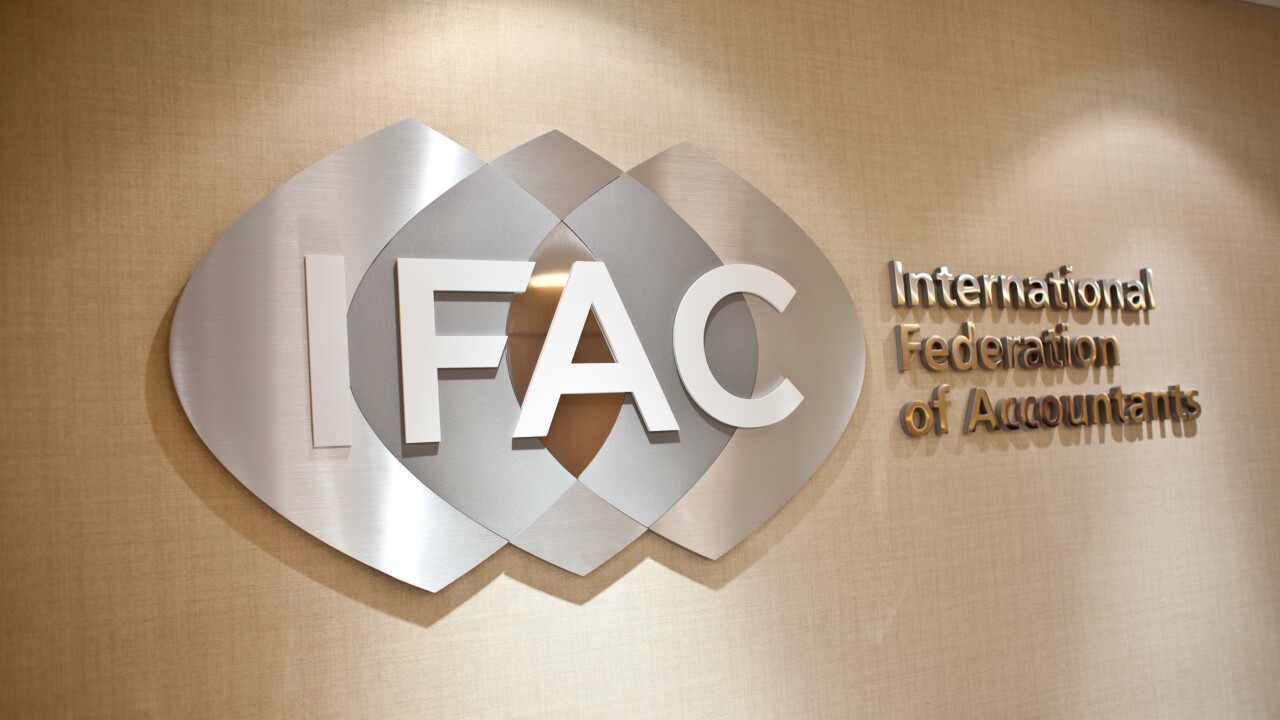Most ownership agreements contain the critical basic terms you need to have. These include, but are not limited to, language that covers governance issues, compensation, retirement, and admission of new partners. Remember, an ownership agreement should be designed to protect the firm, not just the partners.
While there are many aspects to drafting a strong ownership agreement, we find four items missing all too often.
1. Caps. The cap we are referring to is a maximum amount of money, based on a percentage of the firm’s annual revenues, that can be paid out to retired partners in any one year. This rarely comes into play, but when it does, it can save a firm from extinction. For example, we knew a firm that was heavily involved in construction and real estate. Several years ago, when the real-estate market crashed, the firm lost a significant percentage of its revenues. Because of this loss, combined with the retirement compensation they owed retired partners, it placed the firm in a negative cash-flow position. The result was the firm eventually dissolved. Had the firm maintained a reasonable cap, the firm would have survived, and the retired partners would still be paid off -- just over a longer period.
A cap doesn’t eliminate a payout; it simply extends the payout period if a significant event occurs. Most firms that have caps use 5 percent to 15 percent of annual revenues depending on a firm’s profitability. The higher the profitability of a firm, the higher the cap can be, and of course, the opposite should be true for less profitable practices. The language in the ownership agreement basically states that in the event in any year the cumulative retirement compensation being paid out to retired partners exceeds X percent of the firm’s annual collections, any payments due these partners that exceeds the cap will be deferred to the subsequent year.
2. Retirement notice. Most ownership agreements provide retired partners fixed compensation for their retirement benefit paid out over several years. The danger here is thatmost firms have clients that primarily, or even exclusively, associate with one partner. Thus, for firms that have partner-loyal clients as opposed to brand-loyal clients, they face greater risk in client retention.
To protect the firm, we typically recommend a two-to-three-year notification must be given by a partner prior to their reducing their role in the firm. (If your firm has mandatory retirement at 65, the notification would be automatic upon turning 62 or 63.) Failure to provide notice typically will cause either a reduced valuation, or a two-year retention period is added (our preference) where after a partner who did not provide adequate notice retires, any clients they managed who leave the firm would cause a ratable reduction to their buyout.
3. Transition plan. Requiring notice is a critical step, but there is an additional matter you need to include in your agreement. We are referring to the creation at the time such notice is provided of a detailed transition plan to be developed for the two-to-three years post-notification to the date of partner retirement. This is done to make sure the notice period is used to for the reason it was included in the first place -- to transition client relationships and other critical duties. The goal should be that by the end of the second or third year, there isn’t even a need to state any formal retirement of the original partner and the risk of client attrition has been mitigated.
The key concept here should be minimizing the loss of the retiring partner and maximizing the benefit of the team that will be moving forward in each client’s perception. Clearly this is less of a risk for a “one-firm client” culture versus firms with traditional books of business, but nonetheless, we recommend having such a plan for all firms. Failure to adhere to the transition plan will cause either a reduction in the valuation or the addition of a retention period like how one would handle a lack of notice previously described.
4. A buyout agreement that makes sense. Values for equity have changed significantly over recent years and many ownership agreements no longer use reasonable valuations and terms based on the current environment in the profession.
The concept is simple. You probably have never told a client to acquire a business and lose money for the next five to 10 years, so why would you expect your partners to entertain a deal that doesn’t create upside for them? You need to strike a balance between the retiring partner receiving fair compensation for their years of sweat equity and the remaining partners being financially motivated to take on the added risk and responsibility.
A litmus test we use for that is as follows: Start with how much in total compensation a partner is making, including benefits. From this amount subtract the cost of replacing their labor. That can be defined as simply as the normal cost of producing the revenue they produce on their own billable time. That might be 40 percent to 50 percent of the billable dollars. What remains is the available capital to accomplish two objectives: paying the retiring partner for their buyout/retirement, and creating upside for the remaining partners. A frequent goal we see used is 50/50 but that too can vary. The key is the deal must be significantly cash flow positive.
By including in your owner agreement a proper cap, notification requirement, execution of a transition plan, and buyout/retirement terms that pass the above-mentioned litmus test, you go a long way to securing the future of the firm and its owners.





